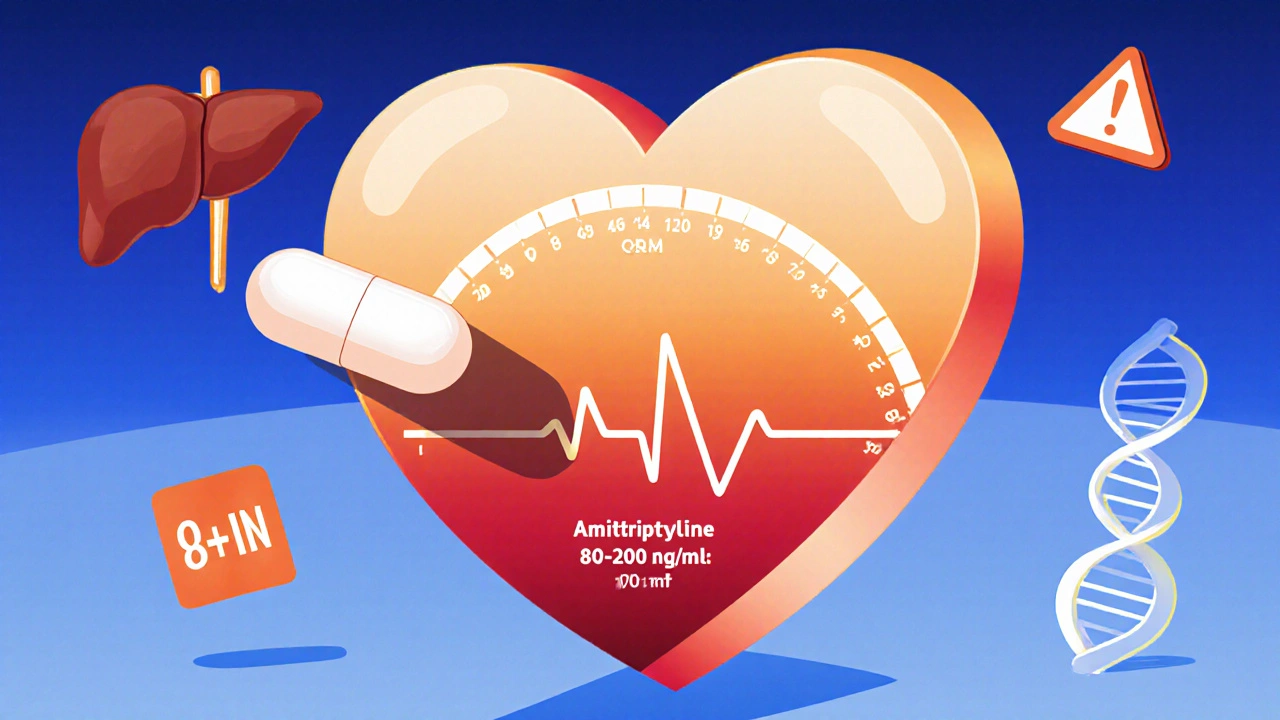Therapeutic Drug Monitoring: What It Is and Why It Matters
When you take a medication, not everyone absorbs, processes, or responds to it the same way. That’s where therapeutic drug monitoring, the process of measuring drug concentrations in the blood to ensure they stay in a safe and effective range. Also known as TDM, it’s not just for complex cases—it’s a practical tool used daily in hospitals and clinics to keep people out of harm’s way. Think of it like setting the right thermostat: too low and the treatment doesn’t work; too high and you risk serious side effects. For drugs like lithium, warfarin, or cyclosporine, even small changes in blood levels can mean the difference between recovery and hospitalization.
Therapeutic drug monitoring doesn’t happen in a vacuum. It’s closely tied to pharmacokinetics, how your body absorbs, moves, breaks down, and gets rid of a drug. Someone with kidney problems might clear a drug slower than someone with healthy kidneys. Genetics also play a big role—pharmacogenomics, the study of how genes affect how you respond to medications—can explain why two people on the same dose have totally different outcomes. If your liver enzyme CYP2D6 works too fast or too slow, your drug levels can go off track even if you take your pill exactly as prescribed.
And it’s not just about one drug. drug interactions, when one medication changes how another works in your body are a major reason TDM is needed. Take antipsychotics combined with heart medications—both can affect your heart rhythm. Or antidepressants mixed with supplements like SAMe, which can spike serotonin dangerously. Monitoring levels helps doctors spot these hidden risks before they cause harm. It’s also why you see TDM used in chronic conditions like epilepsy, transplant rejection, or severe depression, where the margin for error is tiny.
You won’t see TDM with every pill you take. But when it’s used, it’s because the stakes are high. It’s not about guessing. It’s about knowing. And that knowledge comes from a simple blood test, paired with clinical judgment. Whether you’re on a life-saving drug, managing a long-term illness, or dealing with side effects that don’t make sense, therapeutic drug monitoring gives your care team the data they need to fine-tune your treatment. Below, you’ll find real-world examples of how this works in practice—from antifungal drugs like voriconazole to heart rhythm meds and beyond. These aren’t theory pieces. They’re guides written by people who’ve seen what happens when levels go wrong—and how to fix it.

Therapeutic Drug Monitoring for Tricyclic Antidepressants: How to Prevent Toxicity and Save Lives
- by Colin Edward Egan
- on 18 Nov 2025
Therapeutic drug monitoring for tricyclic antidepressants prevents life-threatening toxicity by measuring blood levels to ensure safe dosing. Learn why TDM is essential for amitriptyline, nortriptyline, and other TCAs.
